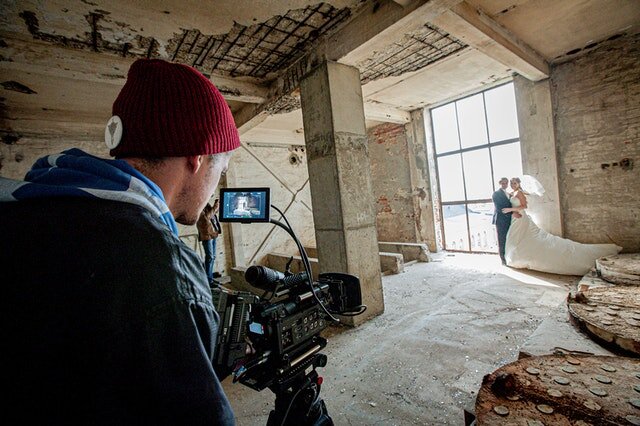A Comprehensive Guide To Audio Post-Production (Part 1)
Filmmaking and audio post-production go hand in hand. There’s no doubt about it. But when it comes to determining what the ideal scenario looks like for filmmakers and sound professionals to collaborate together, the possible combinations are infinite.
However, in today’s fast-paced media industry juncture, a workflow is everything. Ensuring that both the on set audio team and the post-production team can seamlessly work together will always be a key determinant for the success of the project.
What does the audio post-production workflow look like?
Here’s a summary of what a traditional audio post-production workflow looks like:
Pre-production
Script analysis
Building a sound team
Location visits
Spotting session
Custom sound effects and recording
Pre-production sound design
Production and post-production
Given the length of this process, it is imperative that both time and money are spent wisely to get the most out of your time with a sound professional. Your film is of the utmost importance, which is why its sound design needs to be brilliant and pristine.
Pre-production
Pre-production is the initial part of the audio post-production workflow. It’s when both the supervising sound editor and their team initially get together to discuss who is going to be doing what.
The supervising sound editor decides who is going to be assisting him with the following tasks, which are pivotal for this initial part of the process.
Script Analysis
Reading and analyzing the script is the first interaction the sound designer has with the project. Here, the supervising sound editor and the sound designer start to catch a glimpse of what the director or the filmmaker wants. Perhaps they’ll come across something like monster sounds or what sound does a yeti make, which will certainly require further thinking.
Building a sound team
Once both the sound designer and the supervising sound editor have gone through the script in more detail, they start thinking who can assist them with the location sound and post-production related tasks. Here, it is also key that both teams find a way to seamlessly collaborate.
Location visits
The technical version of the script should be detailed enough for sound professionals to carry out a successful location visit. Not only should it include the nature of the sounds that will be required, but also the type of locations where the moving images will take place.
Sound supervisors and location sound recordists are normally present during these visits to troubleshoot and foresee any issue, but also to look for other possible opportunities for the recording of additional sound effects.
Spotting session
Sound is all about creativity. The audio post-production process is a canvas especially interesting for the sound team to give full rein to their imagination. During the spotting session, the sound supervisor and the sound editor get together to perform a rather thorough creative analysis of the project and its required sound assets.
Sound effects recording
Every film is different —it will require an almost-from-scratch set of sounds to make it sound as realistic as possible, and sound effects are not the exception.
And although sound effects recordists are always on the lookout for new sounds for their libraries, as there’s a sheer array of sounds that can be to some extent reused from one film to another, in reality, they will always try to capture original sounds to add authenticity and a much more solid character to the film.
The capturing of these sounds can take place in a variety of places, both at the location of the production, during specific trips, or even manually created at a later stage in post-production.
Pre-production sound design
Some sounds may need to be created in advance, right before the production begins. This is normally done in hopes of getting early approval from the director so the sound team knows which sounds to work with once they enter the post-production stage.
In fact, some of these sounds are used during filming as cues in specific scenes to trigger specific actions.
Production
The production focuses mostly on allowing the on-set sound team to record dialogue lines and additional sounds on set. Meanwhile, the post-production sound team takes a step back and focuses on what’s to come: assigning tasks and further analyzing the script to double-check whether there is something missing or whether there’s an extra step they need to take to ensure a seamless transition between one team and the other.
Post-production
Now that all sounds have been recorded and handed over to the post-production team, the team is ready to tackle their tasks from both a technical and an artistic standpoint. There are also several duties associated with this stage, which we will elaborate further on in the next post. See you!
*The images used on this post are taken from Pexels.com


